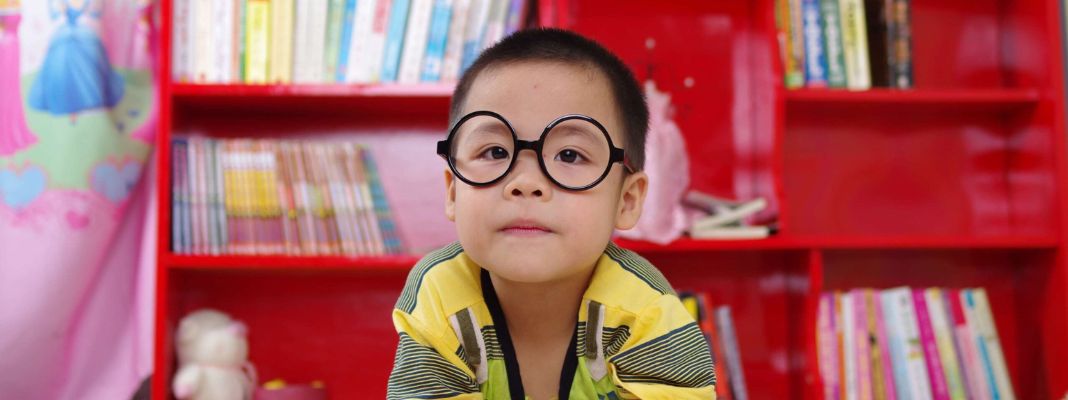Tips and Resources
School Mental Health Initiatives Don’t Deliver

Talking about Schools and Mental Health
In early March of this year one of my favorite education websites – the74million.org – published an opinion piece, Schools and Educators Are Uniquely Positioned to Support Students’ Mental Health. Here Are 7 Things They Can Do.
For those who find themselves immersed in the current discussion about schools and what they can be doing to promote mental health and social-emotional learning (SEL) the list isn’t groundbreaking. But, it does provide a concise thread of some of the best thinking for what schools are working hard to deliver so kids can learn and grow. The article is a short read and I recommend you take a look if you want to know more about these ideas.
The List is Missing a Critical Element
However, the list omits what I would suggest is the most important of all potential school interventions in the mental health space – creating a community committed to cultivating a culture of felt safety. Schools spend a great deal of time and money making sure schools are physically safe. (Fire, tornado, and live shooter drills, adequate signage and lighting, even resource officers are meant to promote physical safety should students face a threat.) However, far less time and money (sometimes none at all) is focused on how schools can promote Psychological Safety – i.e. felt safety. You see, all students benefit from feeling psychologically safe. But for students who’ve experienced trauma – felt safety is non-negotiable. For learning, building trust, connecting to others, and every other positive education/school outcome, it doesn’t matter if students are safe – they must feel safe.
Culture of Felt-Safety Important
Anti-bullying programs, pro-diversity and LGBTQ+ programs, suicide prevention programs, risk assessment strategies, and other interventions highlighted in the74’s opinion piece are important. No question! But creating a culture of felt safety cannot be accomplished through implementing programs or assessment tools. Felt safety can’t be outsourced to school counselors, community resources, even carried forward by staff who “care”. A culture of felt safety is only created when every adult working in the structure of schooling – including support staff, aides, bus drivers, coaches, etc. – understands, recognizes, and responds to the underlying cause of so many mental health issues amongst students – trauma.
A Hard Truth – Trauma is an epidemic
And, here is the hard truth. Whether through experiencing trauma like abuse, neglect, abandonment, or community violence in the early, developmental years of life or experiencing trauma later in life – including the trauma and toxic stress of the pandemic – the number of kids worldwide who’ve experienced trauma is clearly far above the pre-pandemic number of 50%. The fact is, post-pandemic, the vast majority of kids – kids in every community in every part of the world – are living with the effects of trauma.
Trauma is not a fad.
Hear me on this. Trauma is not a fad or merely the topic of the day. Schools (and everywhere, really) will never stop having to deal with the effects of trauma, but in the next decade or more this will be felt more acutely than ever before.
This is why learning about and maintaining a truly trauma-informed lens in schools is as important as physical safety, social-emotional learning, effective pedagogy, or sharpening teacher content knowledge. The 74’s list of “seven things” is laudable – and important – but it neglects the underlying truth that cultivating a community of adults with specific interventions and skills – trauma-informed interventions and skills – is the key to much of what schools are working so hard to accomplish.

